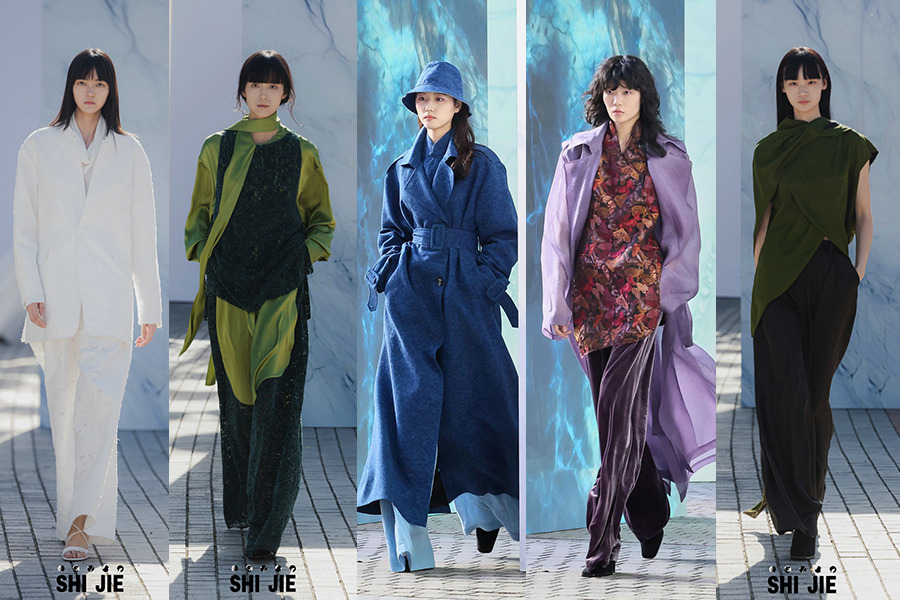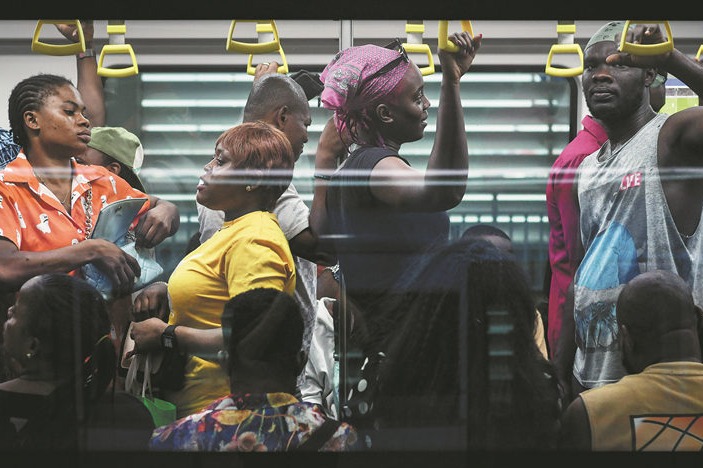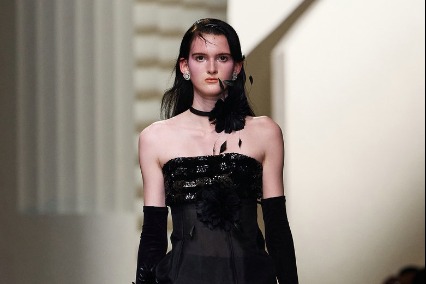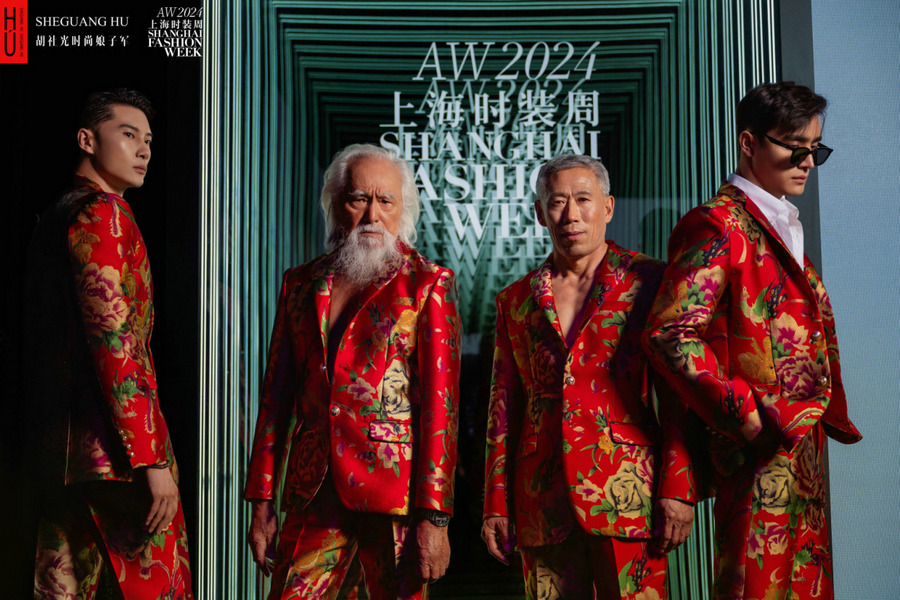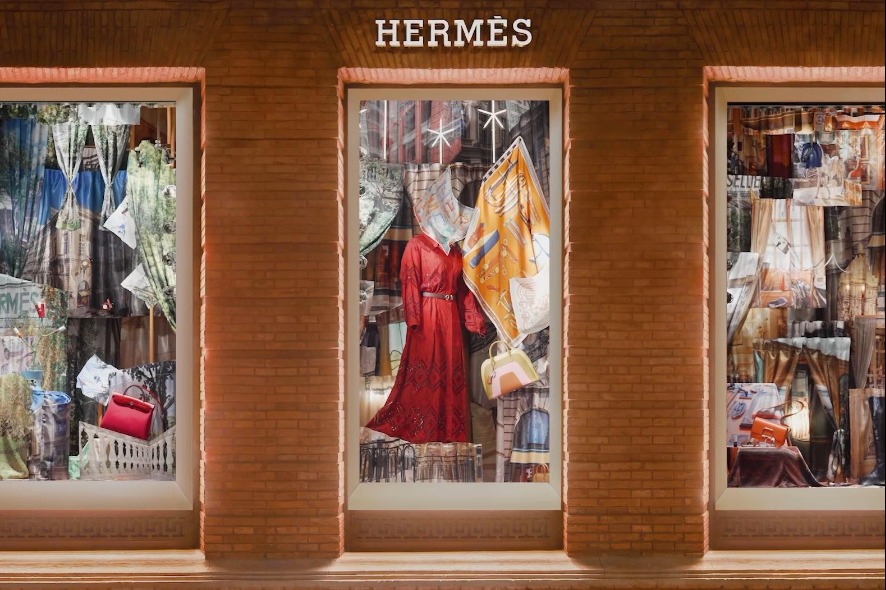The fruit of his labors

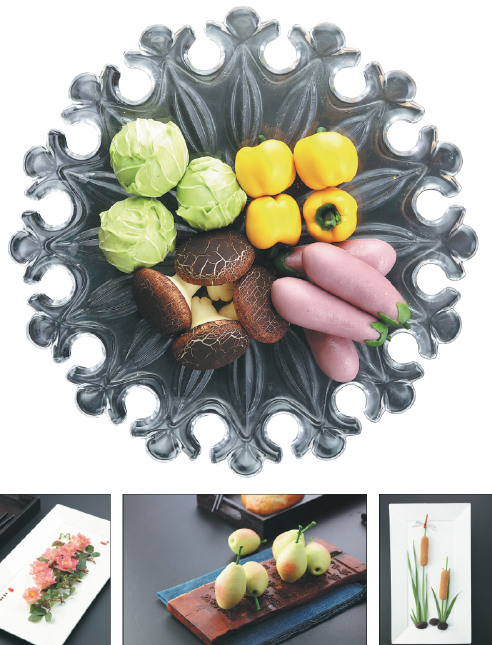
After five decades, Wang Zhiqiang continues to push the boundaries of traditional Chinese pastry making.
You could be fooled into thinking you were looking at a plate of fresh fruit. A strawberry, apple, pear, persimmon and carambola, each one invites you to bite into their juicy flesh. However, all the fruits on this plate have one thing in common - they are not what they seem and they all share one ingredient: flour. They are called mianguo, or "flour-based fruits".
Dubbed the "king of pastry", 70-year-old Wang Zhiqiang - who became a pastry chef for Chinese state banquets in his 20s - created mianguo with his apprentices.
It took him more than 20 years to perfect mianguo, and a whole decade just to figure out the perfect solution to creating the colors. He insists on using natural ingredients. The orange color of the persimmon comes from carrot, while the apple's verdant green is derived from spinach.
"We lost count of how many times we tried to simulate the colors. However, sometimes we'd find a good color, but when we steamed it, it would fade away," recalls Wang.
When cooking mianguo, Wang chooses to steam them instead of deep-frying or baking the pastries because it is a traditional Chinese cooking method and the healthier alternative.

"It's like making a steamed stuffed bun, but adding color and three-dimensional contouring," Wang explains.
Wang wants each of his mianguo to look exactly the same as the fruit upon which it is modeled. Taking the persimmon as an example, the leaves on top have to be curly, and the bottom of the persimmon usually has a black spot, which Wang replicates using black sesame.
From the dimpled skin of an orange and the gradient red to yellow coloring of the pear, to the white spot under the pedicel of the strawberry, Wang strives to mimic every tiny detail to ensure his mianguo are vivid recreations.
It's not just the outward appearance of each mianguo that is painstakingly replicated, but also the flavor. Each one tastes just like the fruit it is modeled upon, with Wang creating the fillings with minced, dried fruit.
Wang started to create his first mianguo in the 1990s, starting with carambola. After solving the problem of coloring, the second barrier was to maintain the shape, as the dough gets puffy when steamed and, if it is put on a plate while hot, the three-dimensional contouring will be destroyed.
"We tried different tools and steaming methods to solve the problem, and we finally nailed it by making a special holder. One of my apprentices won gold at a cooking competition by making the carambola," Wang says.
Over the years, Wang and his apprentices have expanded their repertoire to include a dozen fruits, and he encourages his apprentices to continue developing new types of mianguo.




















